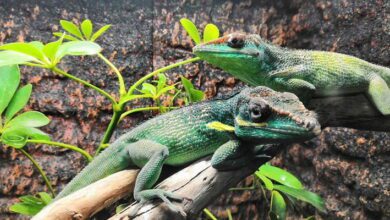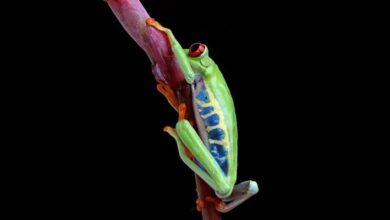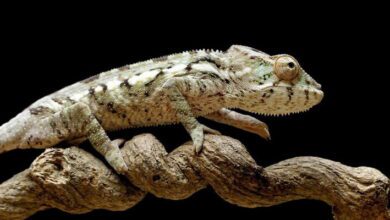Amphibian Physiology MCQs with Answers

Welcome to the Amphibian Physiology MCQs with Answers. In this post, we have shared Amphibian Physiology Online Test for different competitive exams. Find practice Amphibian Physiology Practice Questions with answers in Biology Tests exams here. Each question offers a chance to enhance your knowledge regarding Amphibian Physiology.
| Amphibian physiology forms a rather interesting arena dealing with specific forms and functions. Anatomy and physiology of amphibians are so inter-related that all the essential elements for survival by such creatures in aquatic and terrestrial settings find their correlation. Highly specialized body forms enable amphibians to subsist in water, air, or both for the most basic functions, namely, respiration, movement, and reproduction, in various habitats. The body structure of amphibians is remarkably different from others, with moist and permeable skin and cutaneous respiration so very necessary for survival. The respiratory system comprises lungs and, in some species, of gills as well that enable gas exchange both in water and on land. Besides, amphibians possess a three-chambered heart which supplies oxygenated and deoxygenated blood in optimal circulation to sustain two life styles. Another great characteristic of the anatomical makeup of amphibians is how they get around. They use all sorts of locomotive strategies, like great leaps by frogs depending on elongated hind limbs, swimming motions by undulations of salamanders and newts, and many others. All these movements are supported by their flexible skeletal structures together with a well-developed musculature. |
Amphibian Physiology Online Quiz
By presenting 3 options to choose from, Amphibian Physiology Quiz which cover a wide range of topics and levels of difficulty, making them adaptable to various learning objectives and preferences. You will have to read all the given answers of Amphibian Physiology Questions and Answers and click over the correct answer.
- Test Name: Amphibian Physiology MCQ Quiz Practice
- Type: Quiz Test
- Total Questions: 40
- Total Marks: 40
- Time: 40 minutes
Note: Answer of the questions will change randomly each time you start the test. Practice each quiz test at least 3 times if you want to secure High Marks. Once you are finished, click the View Results button. If any answer looks wrong to you in Quizzes. simply click on question and comment below that question. so that we can update the answer in the quiz section.
Download Certificate of Quiz Amphibian Physiology
On the end of Quiz, you can download the certificate of the quiz if you got more than 70% marks. Add a certificate to your job application or social profile (like LinkedIn) and get more job offers.
Download Amphibian Physiology MCQs with Answers Free PDF
You can also download 100 Amphibian Physiology Questions with Answers free PDF from the link provided below. To Download file in PDF click on the arrow sign at the top right corner.
If you are interested to enhance your knowledge regarding English, Physics, Chemistry, Computer, and Biology please click on the link of each category, you will be redirected to dedicated website for each category.




